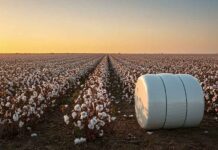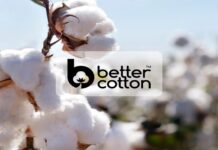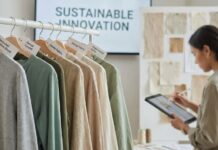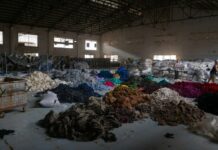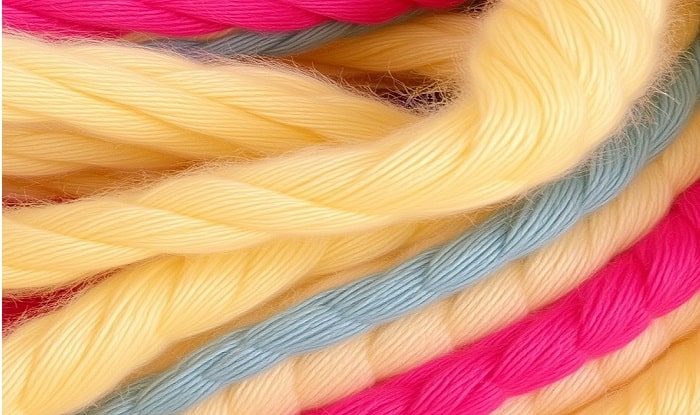As per the latest report published by Allied Market Research, The global lyocell fibers market is projected to achieve a valuation of $2.7 billion by 2031, with the Asia-Pacific region leading this growth. This estimation reflects a robust compound annual growth rate (CAGR) of 8.1% from 2023 to 2031, driven by rising demand for sustainable and eco-friendly textile materials.
Lyocell fibers, known for their biodegradable properties and sustainable production processes, are gaining traction among consumers and manufacturers alike. With increasing awareness about environmental conservation and a shift toward sustainable fashion, lyocell fibers are becoming a preferred choice for textile production.
The Asia-Pacific region, particularly countries like China and India, is anticipated to dominate the market due to a burgeoning textile industry and growing consumer preference for sustainable products. As these countries expand their manufacturing capabilities and invest in environmentally friendly technologies, the demand for lyocell fibers is expected to soar.
Key players in the lyocell fibers market are focusing on innovations and developments to enhance product offerings and meet the evolving needs of consumers. Companies are increasingly adopting advanced technologies in the production of lyocell fibers to improve efficiency and reduce environmental impact.
Furthermore, the rise of e-commerce and online retail channels is expected to contribute significantly to the growth of the lyocell fibers market. As consumers become more aware of sustainable options, the availability of lyocell products online is likely to increase, further driving demand.
In conclusion, the global lyocell fibers market is set for substantial growth over the next several years, with the Asia-Pacific region leading the charge. As sustainability becomes a central focus in the textile industry, lyocell fibers are poised to play a critical role in shaping the future of eco-friendly fashion.





